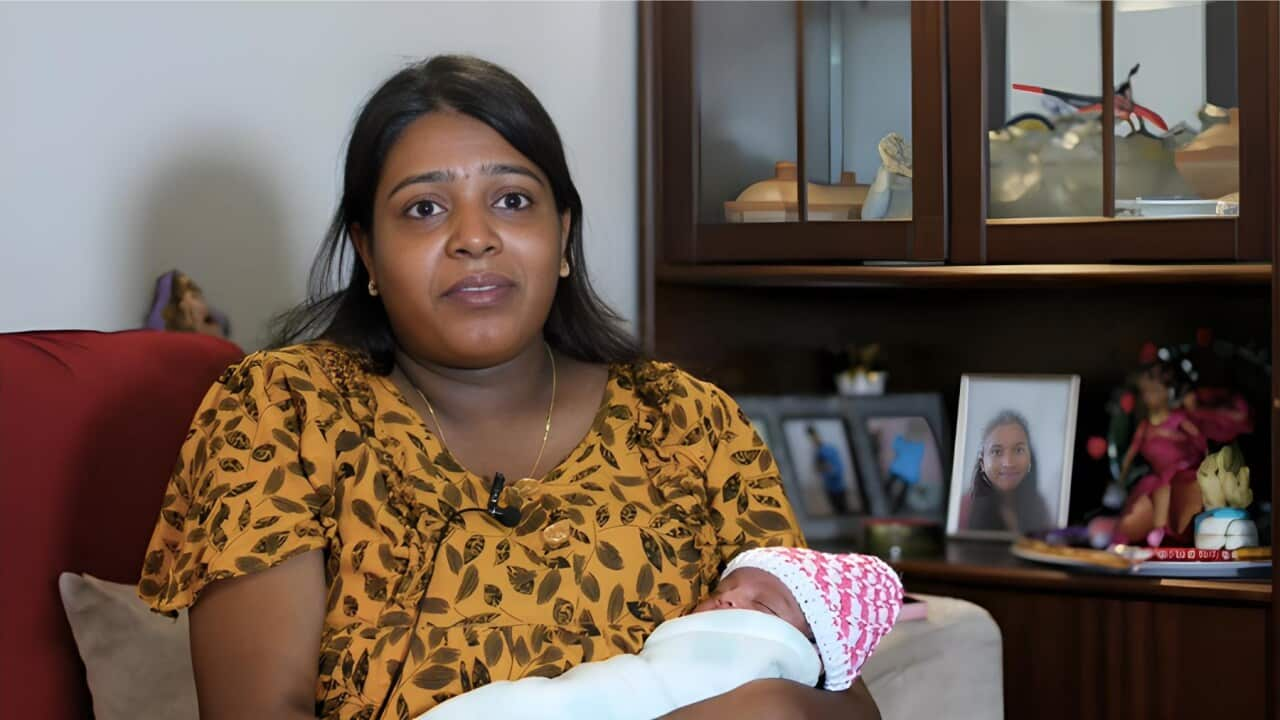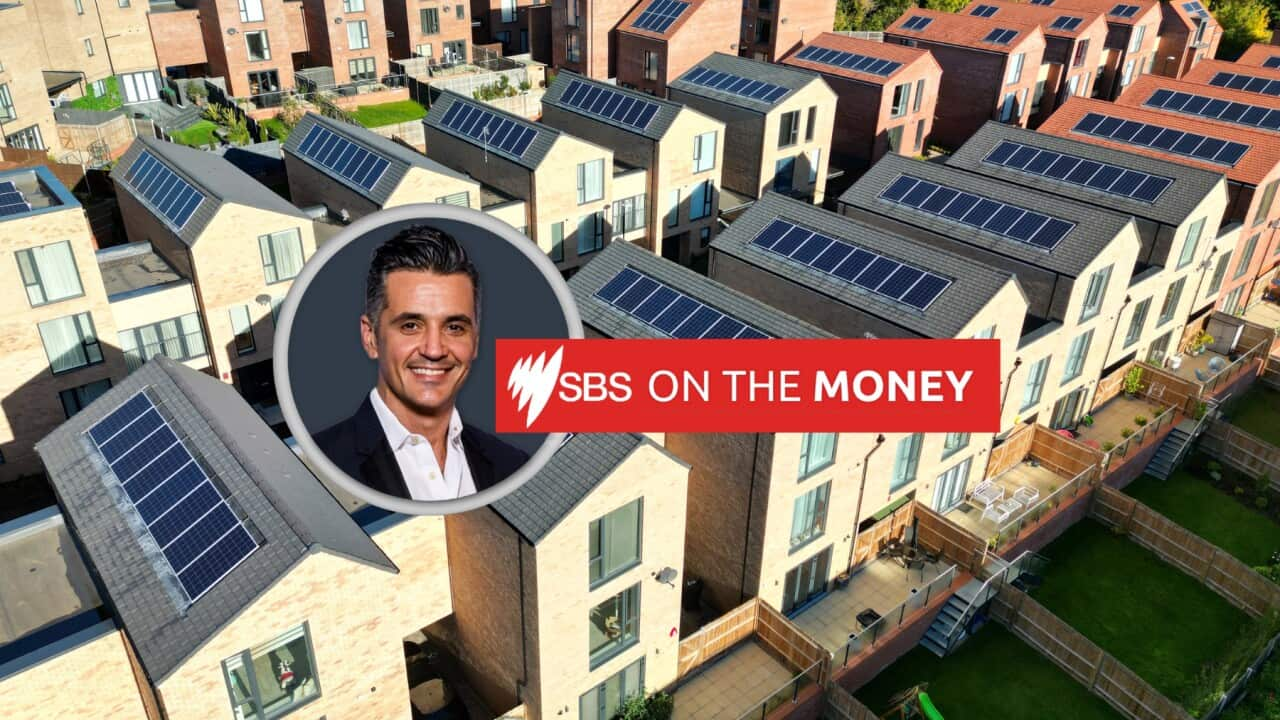TRANSCRIPT
When it opened in 1970, Melbourne's state-of-the art airport was the toast of international travel.
But frequent travellers to Tullamarine know the challenge all too well - setting foot in the terminal, with few options for the 20-plus kilometre journey to the city centre.
Now a long awaited decision by the Victorian government - greenlighting the construction of a direct to city train line - could soon see that change.
The decision promises to secure ease of transfers for the near 100,000 passengers arriving at the airport every day.
It will also support 51,000 jobs, and add $5.9 billion to the state economy each year, following the completion of a third runway, currently pending federal approval.
Lorie Argus, the airport's chief executive, says it has dropped its insistence the station be built underground.
“We believe that the underground station did a better job of future-proofing for a mid-field terminal, but the reality is we may do this work and be a year or two down the track and have no rail. So our view is any rail is better than no rail and public transport links to the airport our really important for our communities and for our employees as well.”
But the compromise is an uneasy one, after years of delays and deadlock which came to a head at the Victorian state budget this year.
Treasurer Tim Pallas threatened to consider building a rail link to Victoria's second busiest gateway - Geelong's domestic Avalon Airport - instead.
Last month, a mediator appointed by the federal government, Neil Scales, recommended against building an underground station, unless a "comprehensive" case was put forward by the airport.
Victoria Premier Jacinta Allan says the airport only reversed its stance the day before the announcement on Monday ((8 July)).
“Their position has only changed in the last 24 hours and that doesn't wash away the four years of delay that's been caused by their previous insistence that it be an underground station that costs time and money.”
Lorie Argus said the compromise could lead to the link being completed sooner than the State government's current projection of 2033.
“One of the issues was this compromise. So, now that we're willing to make it, we hope that we can get the project back on track quicker. We've certainly heard from the state government that their preference for above-ground is because it's faster, and able to be delivered sooner. So we think now that we can pick up the pen on that, we would love to see the rail in time for the runway in 2030 or just after.”
But the Premier has stuck to the pushed-back timeline for the $10 billion dollar project.
“The construction timeline we outlined back in 2019 was a very aggressive one, so that we could deliver that big piece of infrastructure as quickly as possible. And the completion date then was 2029. Here we are in 2024 with years of delay ... We can't wish away those four years.”
That leaves Melbourne still lagging well behind its major Australian capital city counterparts.
Construction on Sydney's airport rail link started in 1995 and was finished in time for the 2000 Olympics.
Brisbane's rail line to the airport took just two years to build between 1999 and 2001.
Meanwhile, the latest Tullamarine passenger figures highlight the urgent need for a link - the number using the airport each year is expected to more than double - to 76 million - by 2042.













